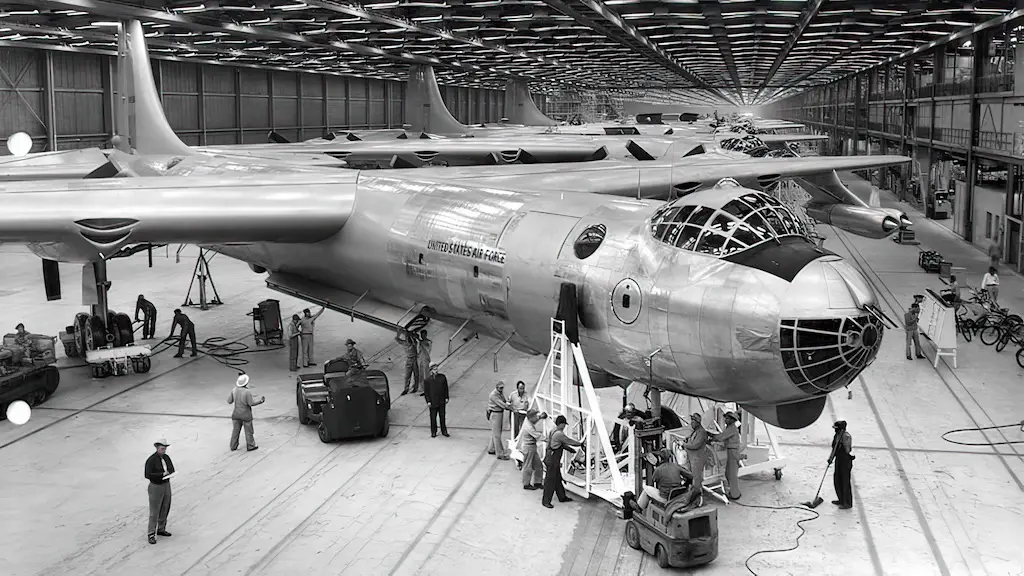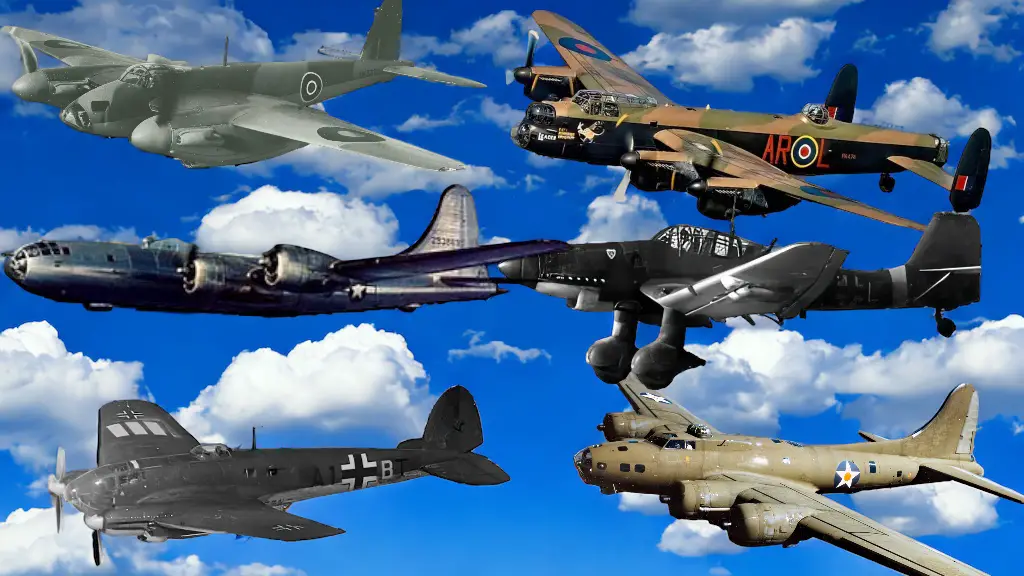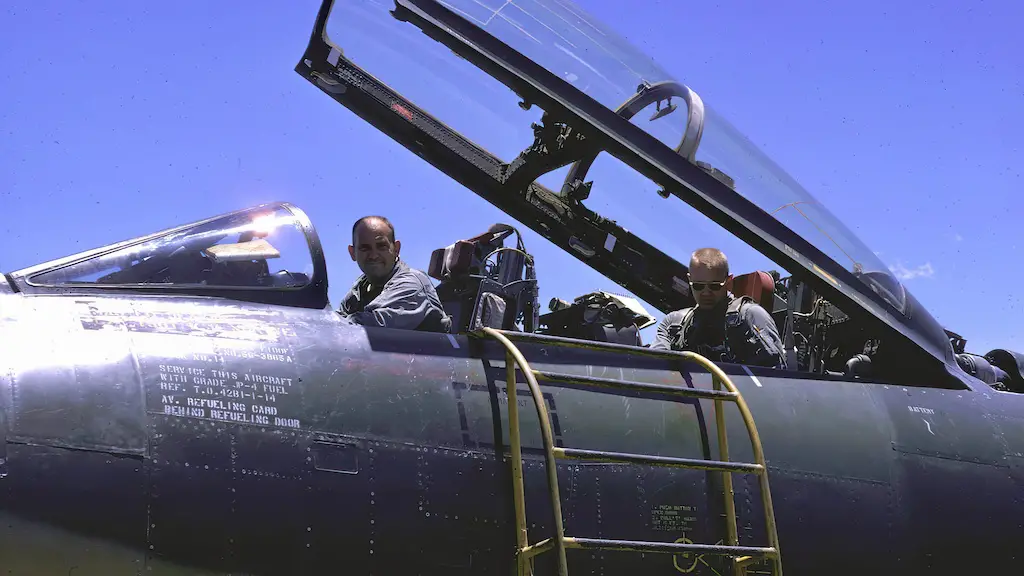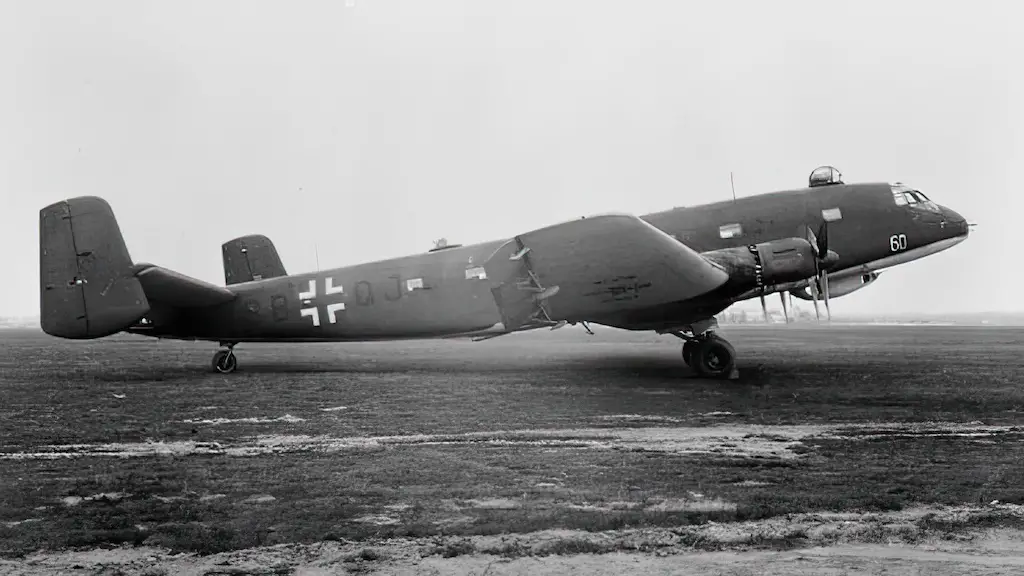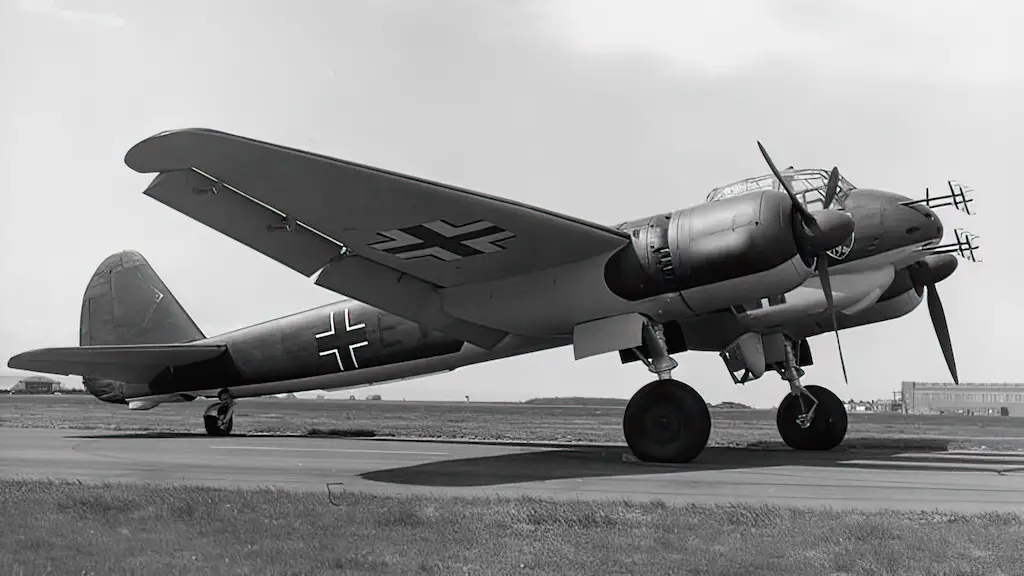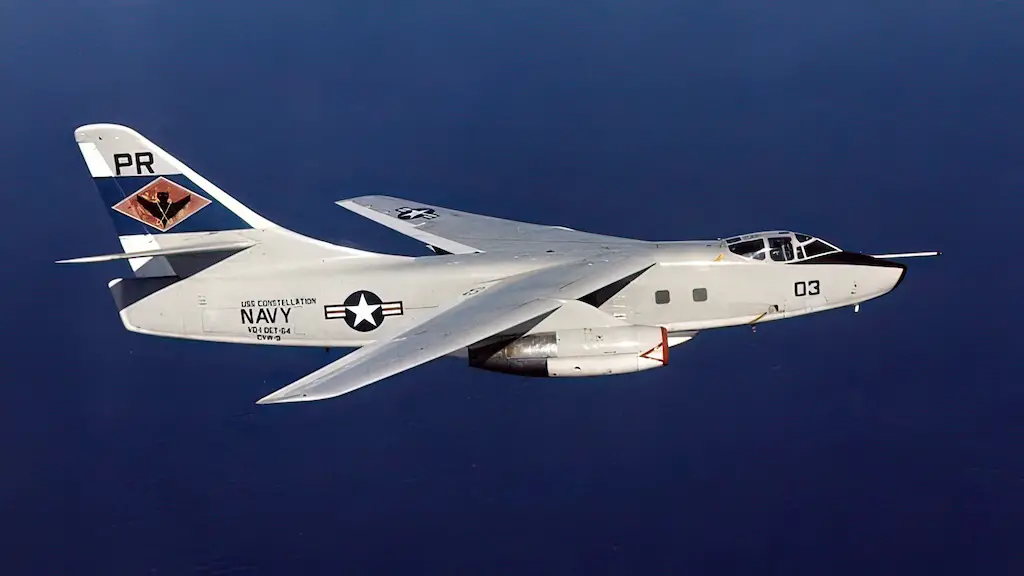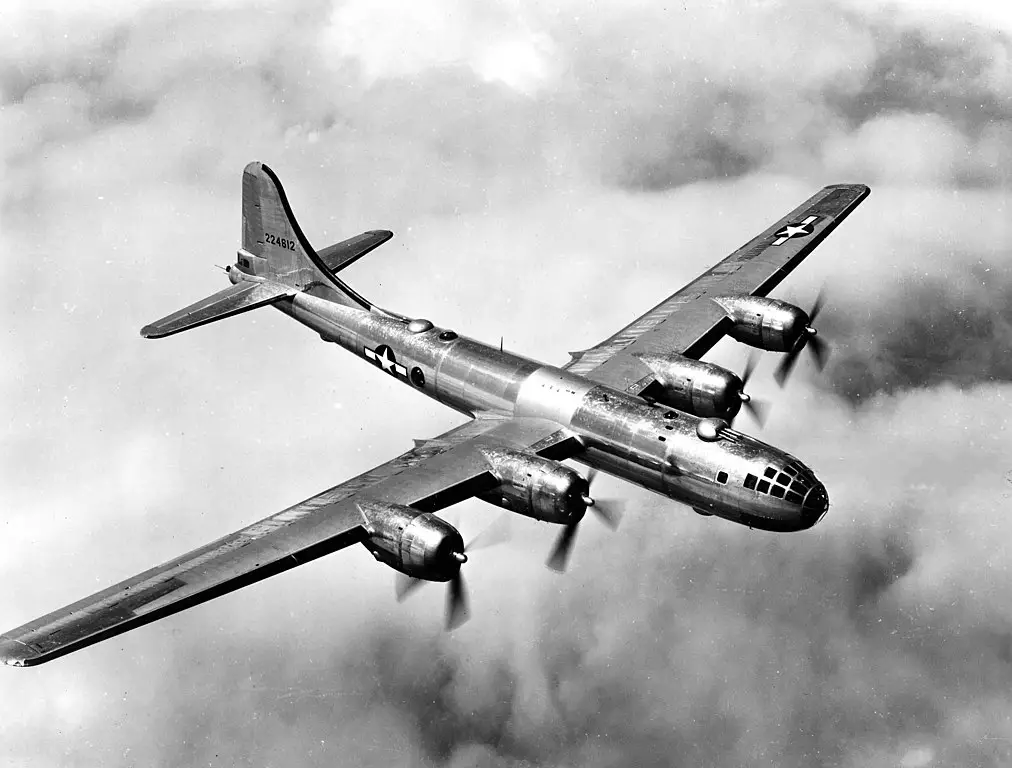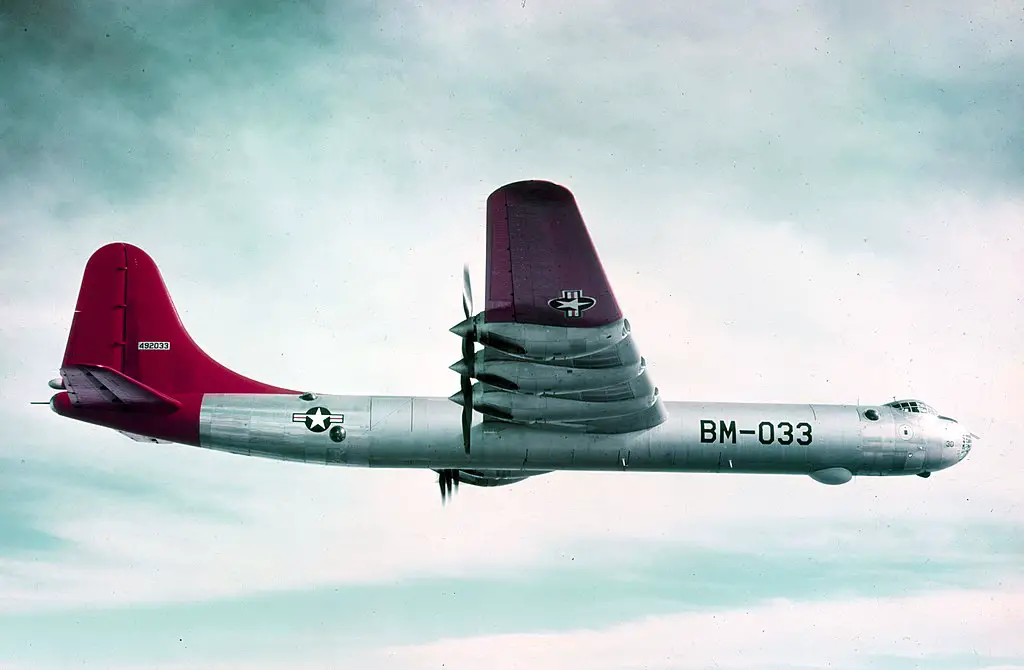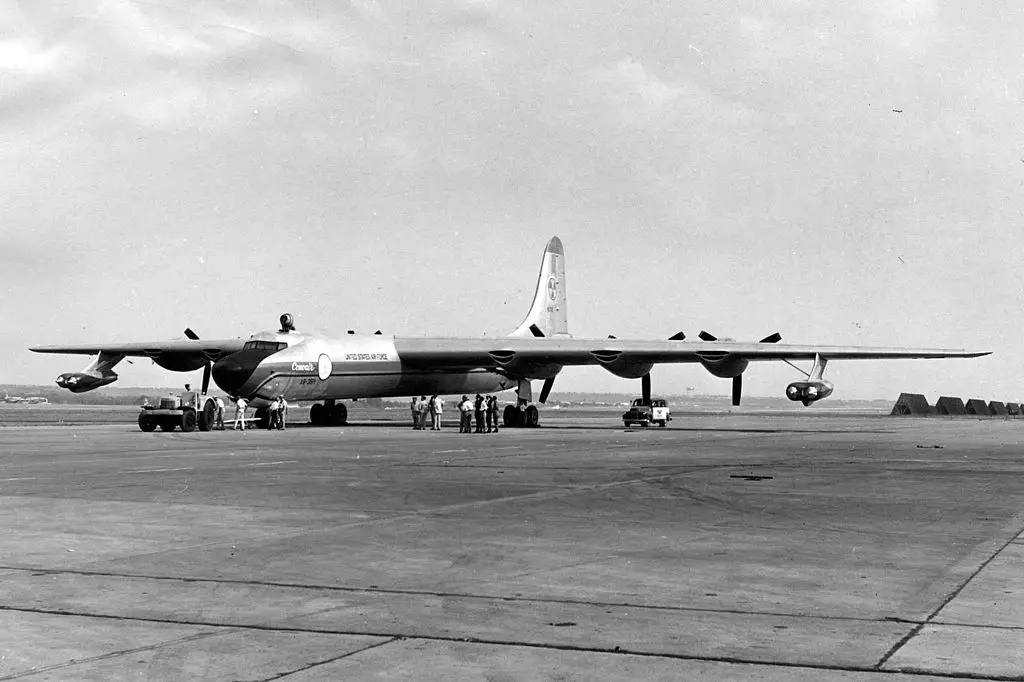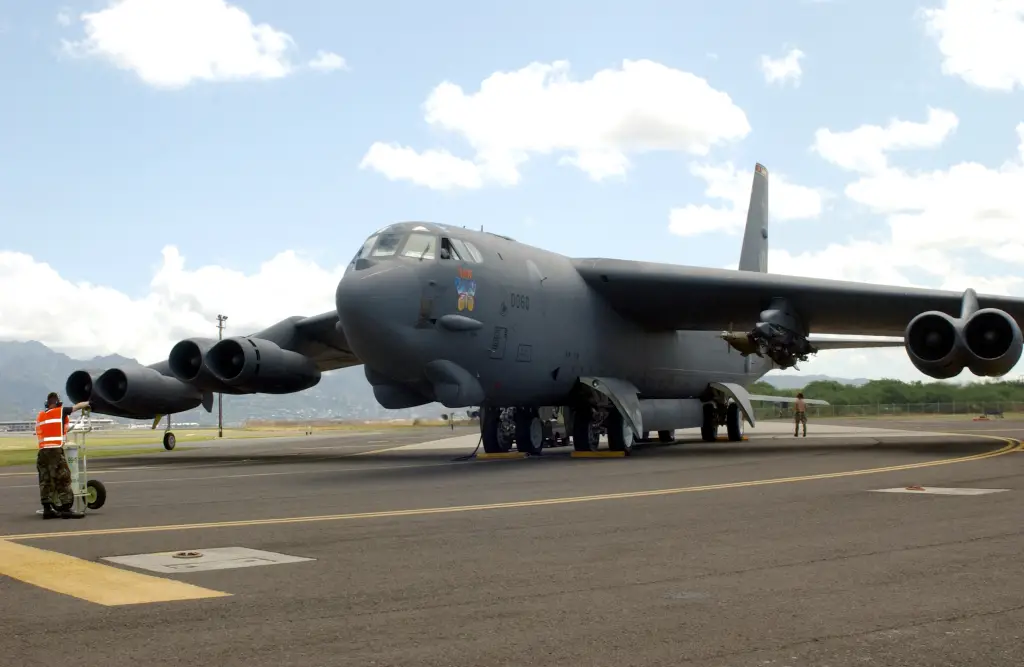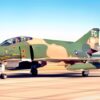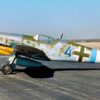As the WWII ended and the Cold War got going, it soon became evident that success in the new era of warfare would very much depend on reliable means of delivering nuclear weapons. Long-range bombers, such as B-29 Superfortress, which had dropped bombs on Hiroshima and Nagasaki, had proven to play that role excellently.
However, they had their range limitations. Employing nuclear energy to power their engines seemed to be a natural way to overcome that nuisance. Nuclear reactors onboard would provide long-range bombers fleet with a capability to remain airborne for months, circling the globe and always ready to immediately strike any target.
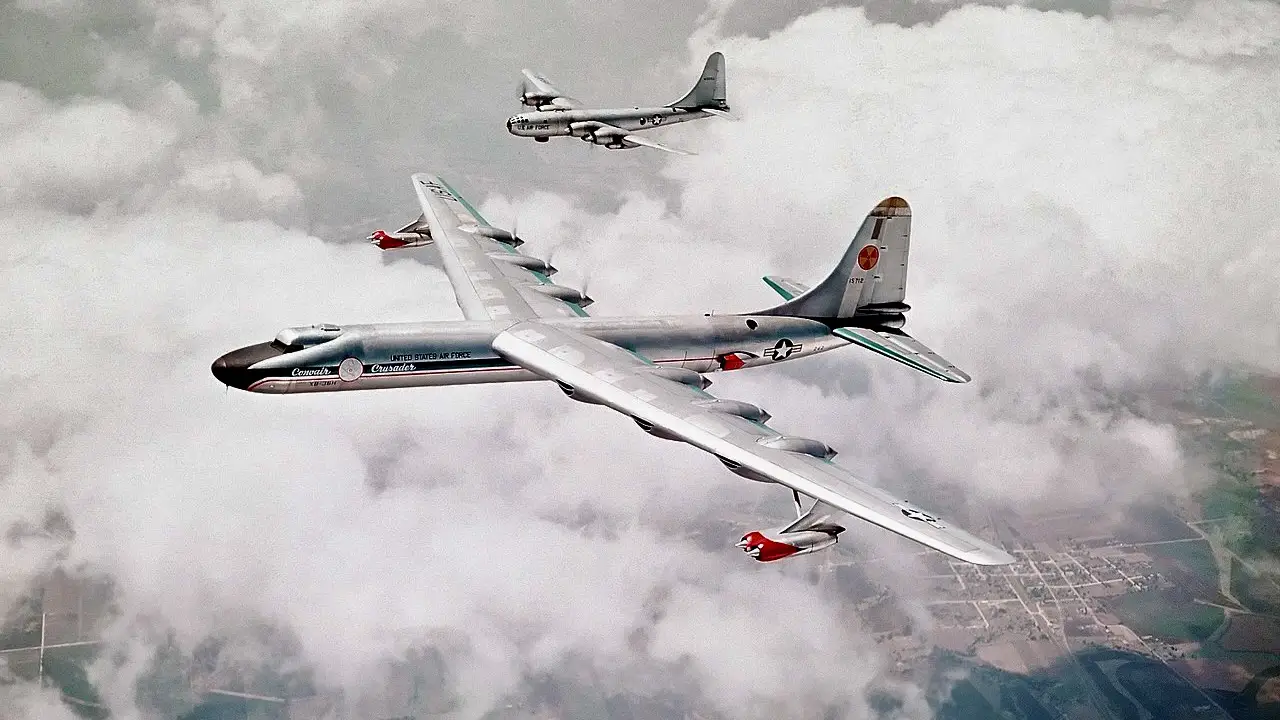
Problem solving
First evaluations regarding nuclear-propelled aircraft were made as early as 1946. The findings indicated that three major problems had to be solved in the process of engineering such a machine: the crew has to be protected from reactor’s intense radiation, the shielding of the reactor still has to be light enough for the aircraft to be able to fly normally, risks to the public resulting from the aircraft’s routine operation, as well as from possible accidents have to be minimized.
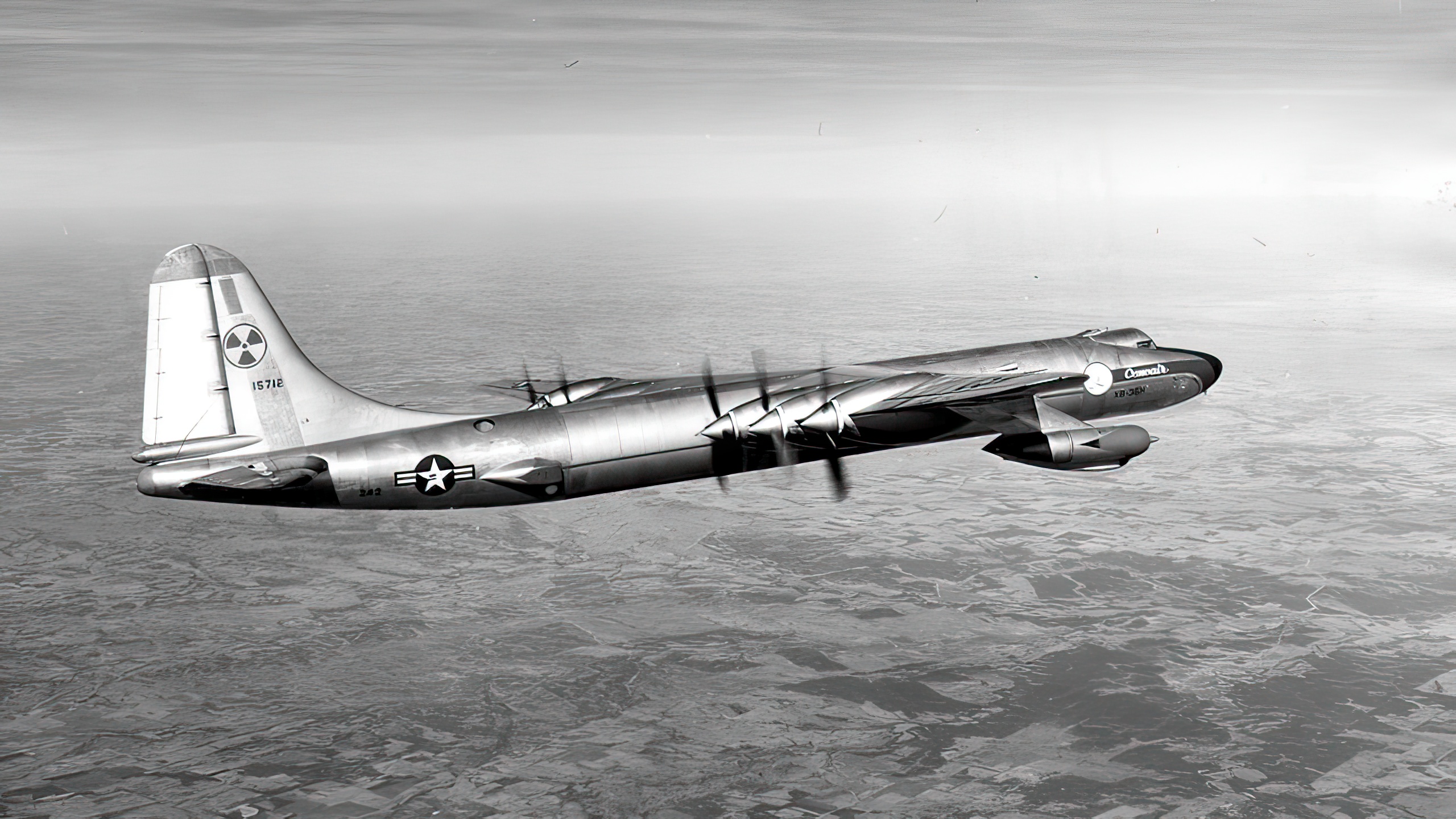
In 1950 the USAF the AEC (Atomic Energy Commission) launched a joint program named Aircraft Nuclear Propulsion (ANP). Within the framework of this program Convair modified one of its B-36 Peacemaker heavy bombers. It got the NB-36H Crusader designation.
First flight
This aircraft, which made its first flight in 1955, didn’t actually use nuclear power for propulsion, although it did carry a nuclear reactor — in its bomb bay. NB-36H’s engines consumed conventional fuel, just like any other B-36’s engines. The reactor on board was used for testing contamination levels and the efficiency of shielding. The aircraft actually using nuclear reactor to power its engines was supposed to be built upon successful completion of NB-36H tests. It would be named X-6.
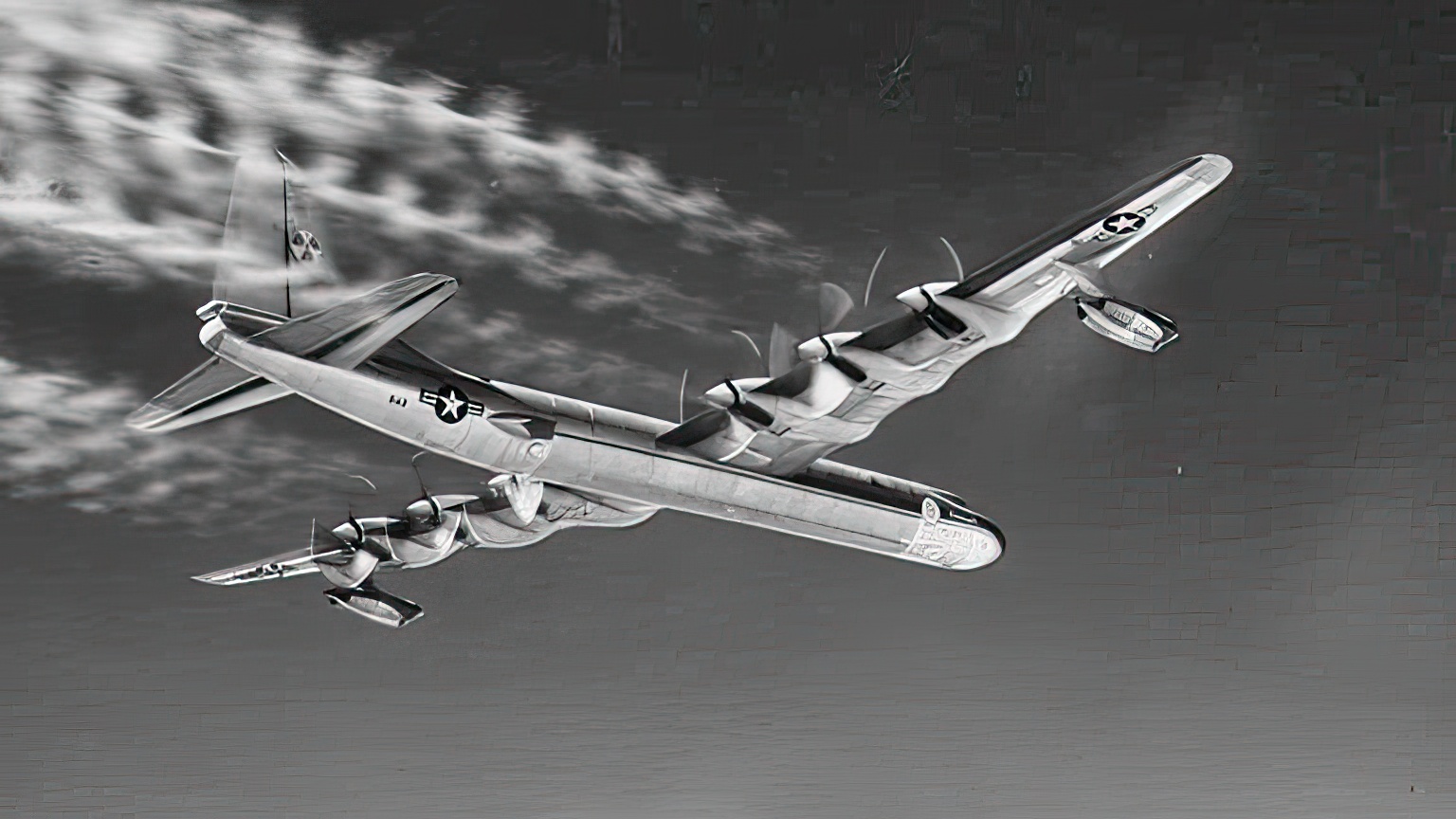
Protection
The NB-36H designers distributed protective cover to two areas: the reactor itself and the crew compartment. The crew sat inside a fully pressurized lead-lined capsule weighing over 24,000 lb. It was so heavily insulated that on take-off the crew barely heard the roar produced by six R-4360 piston engines and four J47 jets.
Between 1955 and 1957 the NB-36H flew 47 times. However, none of the problems described in the initial studies were solved. Creation of sufficient shielding around the reactor inevitably made the aircraft very heavy, reducing its speed. Radiation hazards related to its operation and possible accidents also remained a serious challenge. Hence, the X-6 was never built and NB-36H was scrapped.
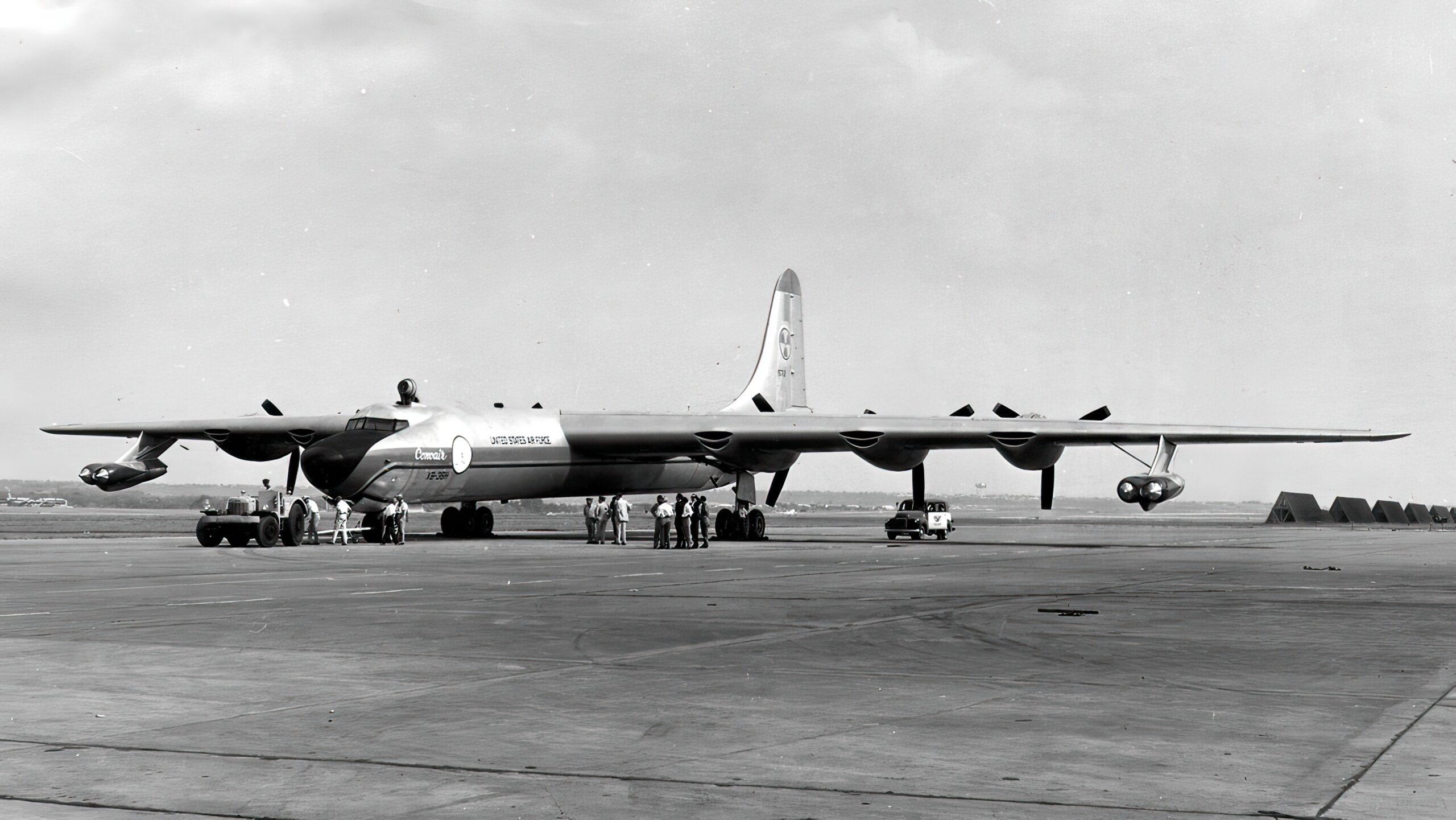
Losing its appeal
Against the backdrop of intercontinental ballistic missiles coming on stage and the advent of nuclear-powered submarines capable of carrying and launching them, the idea of a nuclear-powered long-range bomber was quickly losing its appeal. Conventional bombers, such as B-52 Stratofortress, were also becoming more effective due to broad introduction of in-flight refueling. And, of course, money was quite a serious factor, too. A whole billion dollars was spent with very little result. In 1961 the ANP program was completely abandoned.

